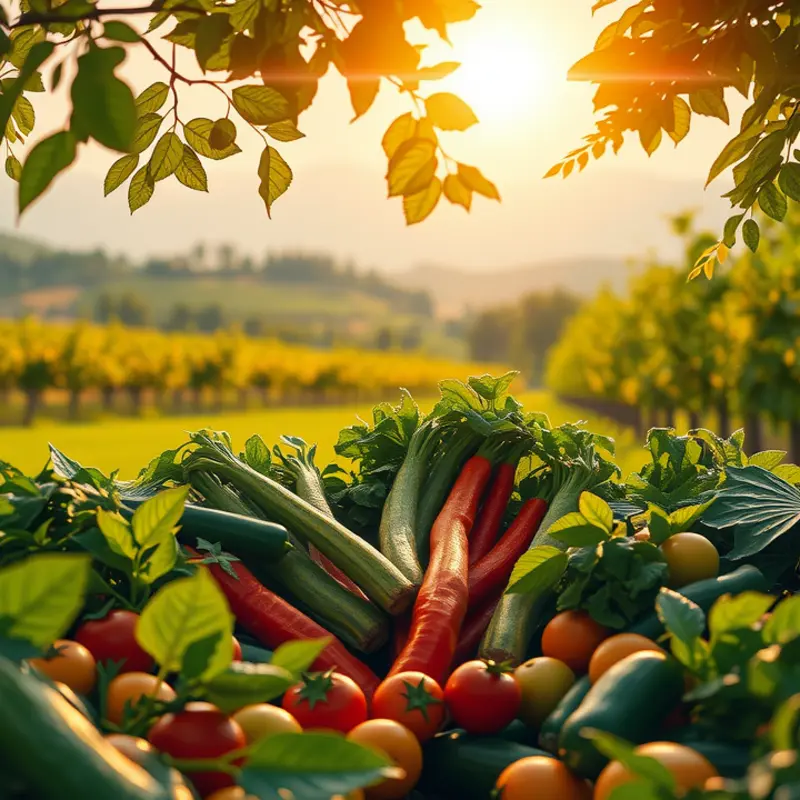Slow cookers are a versatile tool that can transform your cooking experience. Whether you’re a novice or a seasoned cook, understanding the intricacies of this appliance can help you create delicious meals with ease. With the right techniques, you can unleash the full potential of your slow cooker, making meal prep simple and stress-free. This guide offers practical tips and insights designed to enhance your culinary skills and inspire confidence in the kitchen.
Getting to Know Your Slow Cooker

Understanding the nuances of your slow cooker unlocks a world of culinary possibilities. Familiarizing yourself with its various settings is the first step toward culinary mastery. Most slow cookers come equipped with high, low, and a warm setting. Each setting serves a different purpose: the high setting is ideal for shorter cooking times, while the low setting is perfect for a more leisurely simmer that allows flavors to meld beautifully. The warm setting is generally used to keep the food at a serving temperature once it’s done cooking.
A crucial aspect of slow cooking is the layering of ingredients. Begin by placing denser vegetables, like carrots and potatoes, at the bottom of the pot. This ensures they are tender by the end of the cooking time. Next, layer your meat, which benefits from longer, gentler cooking at the low setting to become melt-in-your-mouth tender. Top off with lighter vegetables that require less cooking time.
A common mistake is lifting the lid frequently to check on progress. Resist this urge; every time the lid is lifted, the internal temperature drops significantly, extending the cooking time. Patience is key to letting the slow cooker work its magic, as it seals in flavor and tenderizes the ingredients to perfection.
Slow cookers can vary greatly, even among models with similar settings. It’s important to adjust cooking times according to your unit’s idiosyncrasies. Start by following the test recipes often provided in the user manual to get a baseline understanding of your slow cooker’s performance. With practice, you’ll be able to adapt and tweak recipes to better suit your model, meeting your personal taste preferences.
Diving into a variety of recipes can further expand your repertoire and refine your slow-cooking technique. Experiment with different cuisines and ingredients to discover what resonates with your palate. For those interested in diverse flavors, you might want to explore this delightful Mediterranean Chickpea Salad, which is both healthful and flavorful.
With these foundational tips, you’ll not only manage but also make the most of your slow cooker. Each meal can become an effortlessly crafted expression of flavor, showcasing the harmony of well-prepared ingredients. Enjoy the process of turning simple elements into a satisfying, home-cooked masterpiece with the convenience of your slow cooker.
Maximizing Flavor and Nutrition

To create meals that burst with flavor, start with quality ingredients. Fresh vegetables and high-grade cuts of meat become even more important when you’re slow cooking, as the low, slow heat intensifies their essence. Choose ingredients at their peak freshness to ensure they develop deep, robust flavors over extended cooking periods.
One of the best ways to maximize flavor is by searing your meats before adding them to the slow cooker. This initial step of caramelization locks in juices and forms a rich crust that adds a savory depth to the dish. Use a hot pan and just a touch of oil to prevent sticking. Aim for a rich brown color; this is where the magic happens as sugars and proteins in the meat form complex flavors.
Spices and herbs are key components in flavor development. Introduce them early in the cooking process to allow time for their flavors to meld with other ingredients. Dried herbs like thyme and bay leaf work particularly well as they slowly release their aromas. Be cautious with delicate herbs such as basil or cilantro; add them near the end to maintain their fresh taste.
Acidic components are also important tools for enhancing flavor. Tomatoes, vinegar, and citrus zest can bring bright notes to slow-cooked meals. However, these should be added towards the end of the cooking time. Overcooking acidic ingredients can dull their crispness and reduce their vibrancy.
For a nutritional boost, incorporate leafy greens such as kale or spinach during the last hour. This ensures they retain their essential vitamins and maintain a pleasing texture and color. Greens can often get lost in long cooking processes, so adding them late keeps their integrity intact.
Experimentation is encouraged. Try different combinations of spices and ingredients to discover flavor profiles that complement your personal palate. The gentle heat of the slow cooker is forgiving, allowing for a mix of sharp, sweet, and earthy flavors to come together harmoniously.
Stretch your imagination by combining less traditional flavors; perhaps a hint of cocoa powder or a splash of soy sauce. For those interested in exploring Mediterranean flavors, consider trying Mediterranean Chickpea Salad for an idea of how fresh and bright flavors can be achieved.
With these methods, you can create meals that are both nutritious and bursting with flavor, all with the simplicity and convenience of slow cooking.
Final words
Using a slow cooker can elevate your culinary journey, allowing you to prepare hearty meals with minimal fuss. By understanding your appliance’s features and harnessing the power of flavorful ingredients, you can cook nutritious dishes that satisfy both your taste buds and your schedule. Remember that practice leads to improvement; experiment with different recipes and techniques to discover what resonates with your cooking style. Your slow cooker is a canvas where flavors come together; let your creativity shine as you explore new dining experiences.







